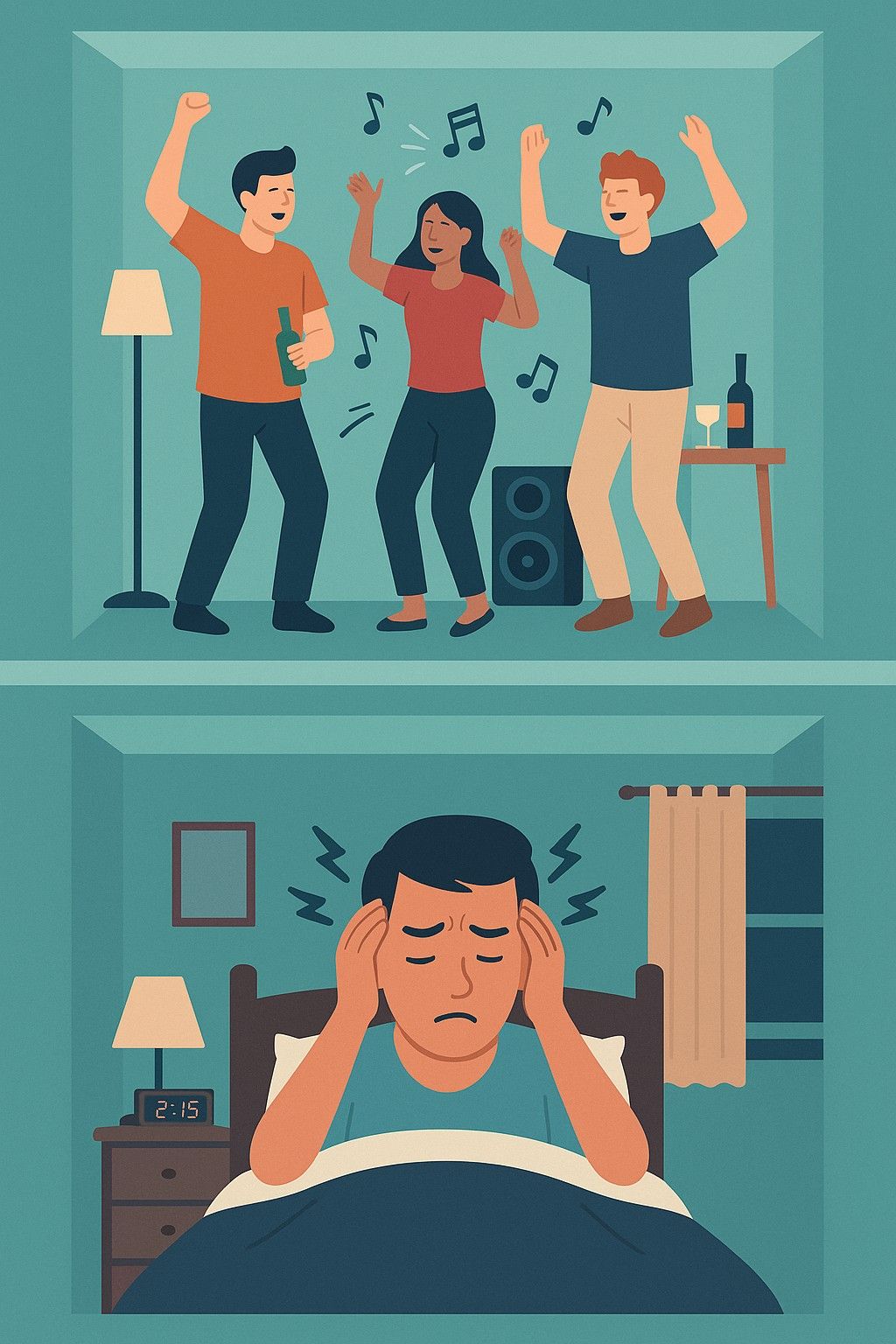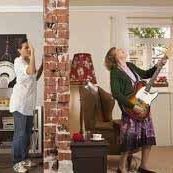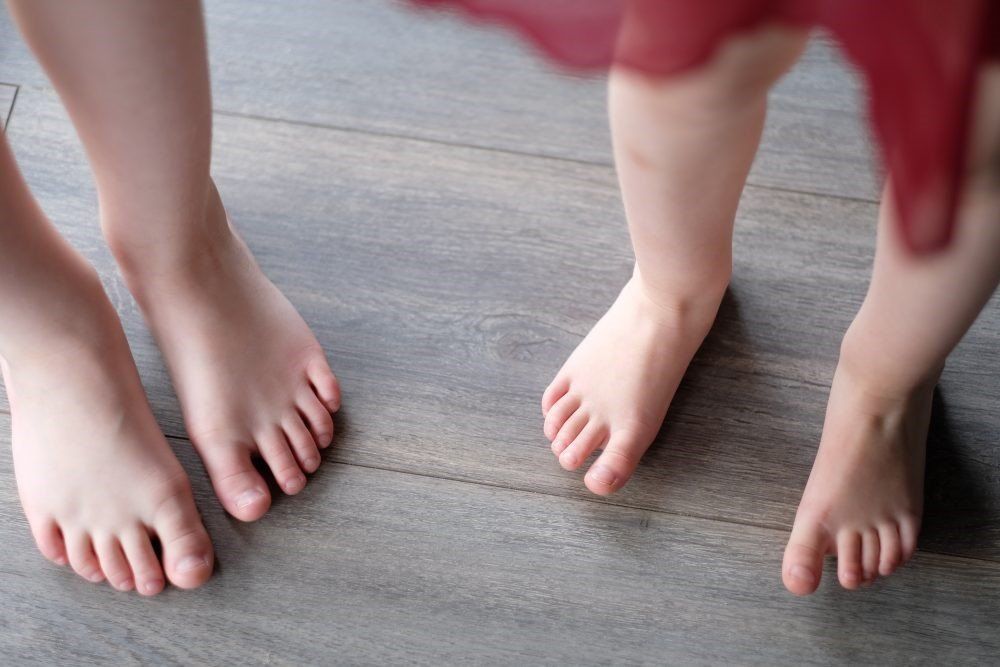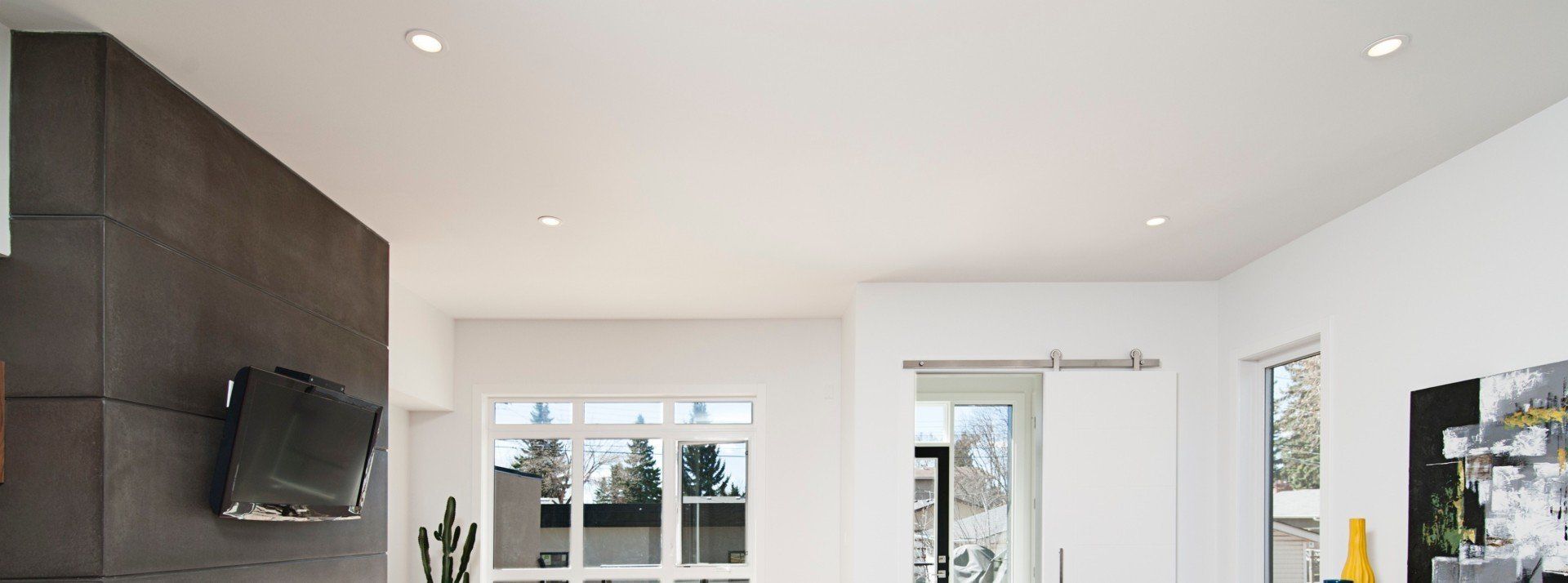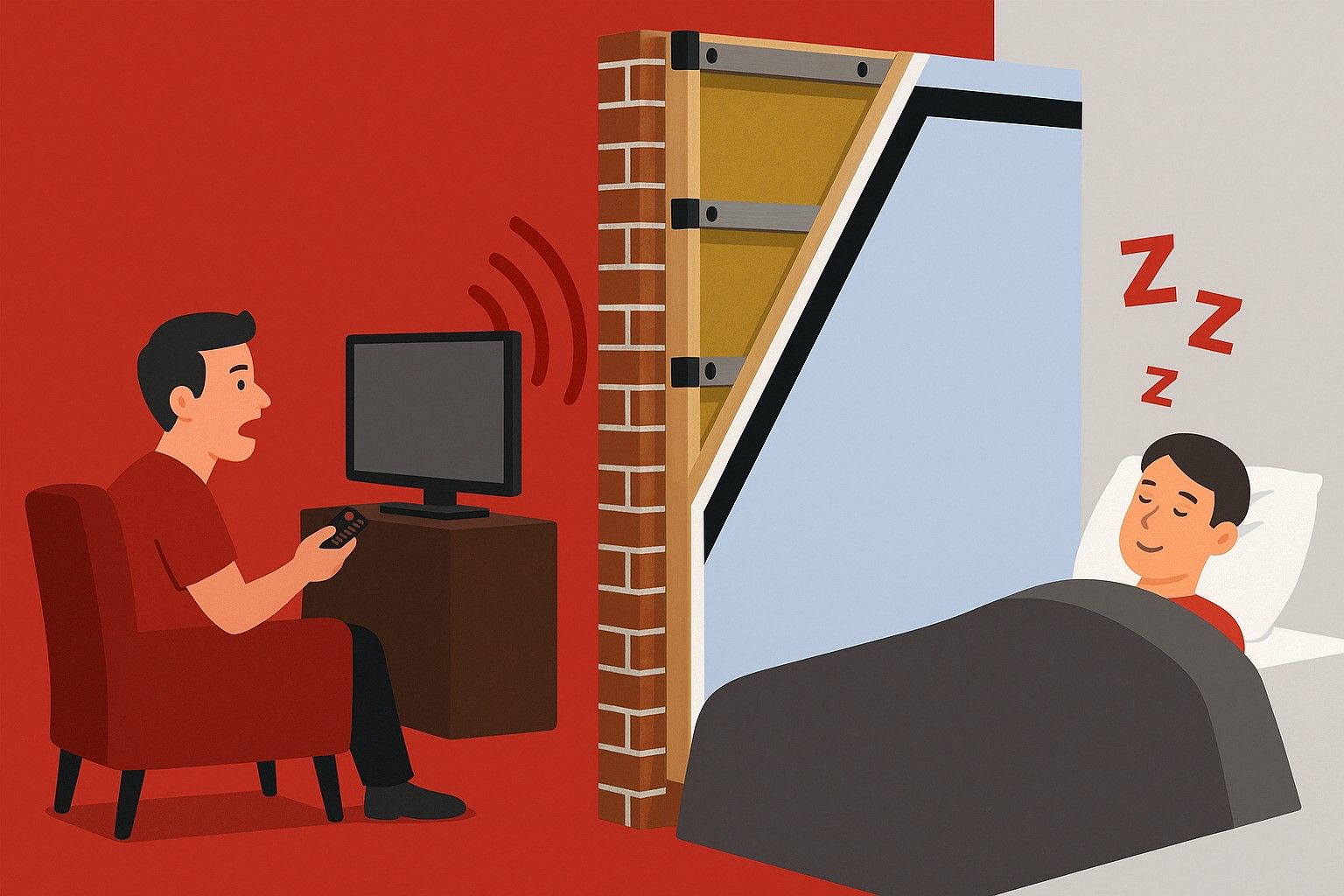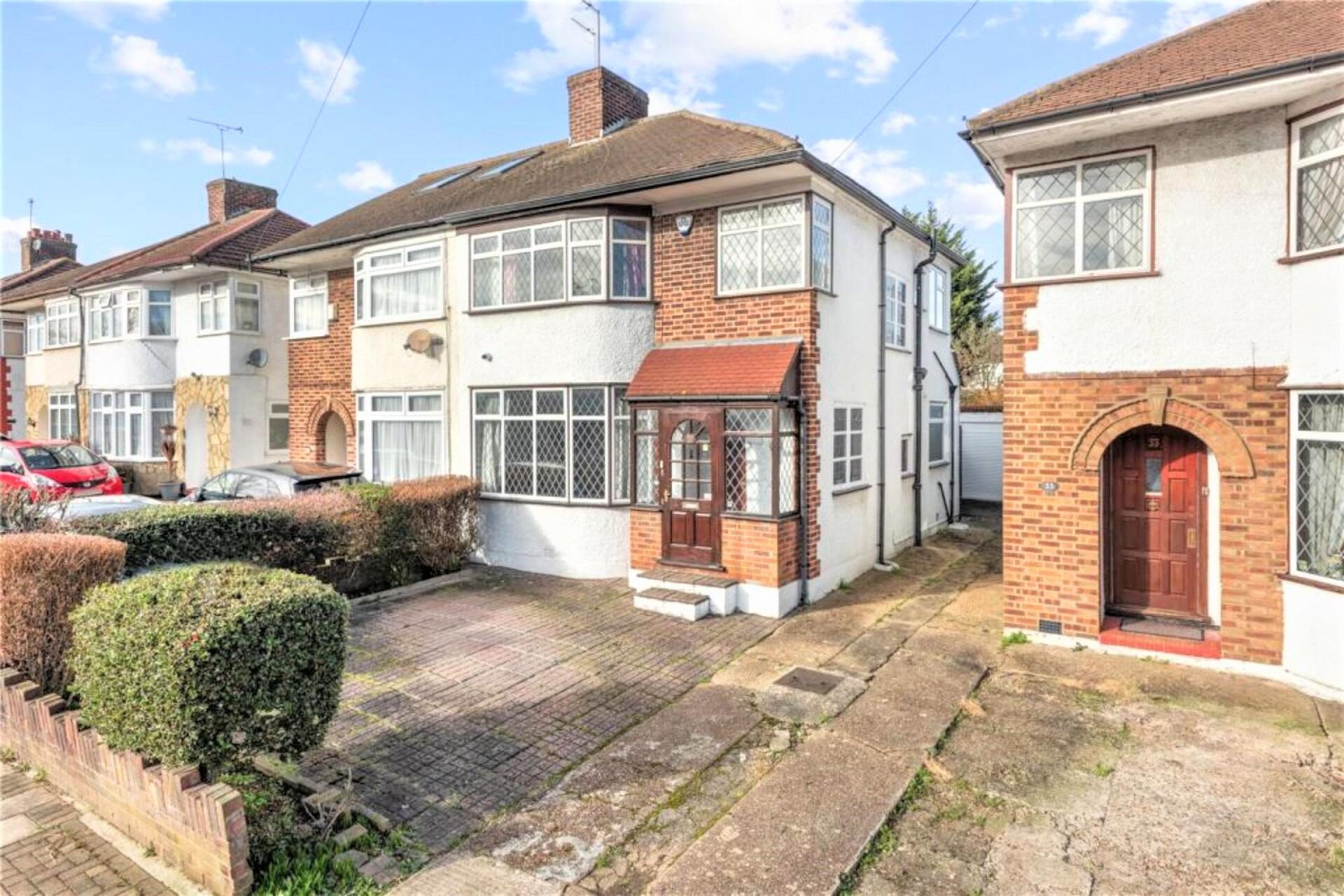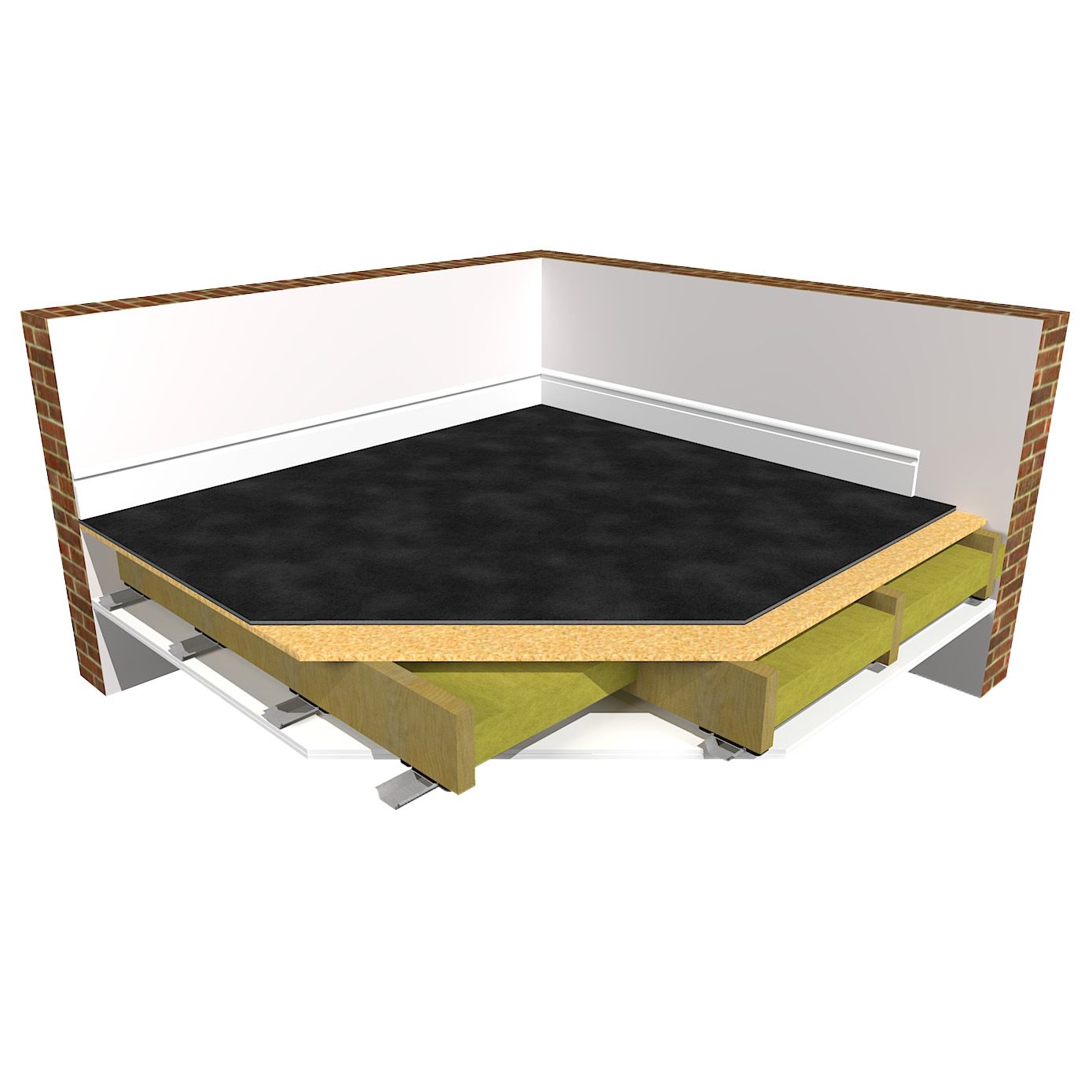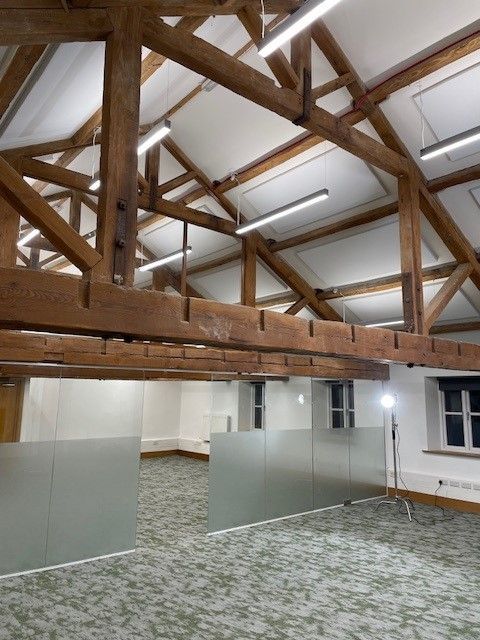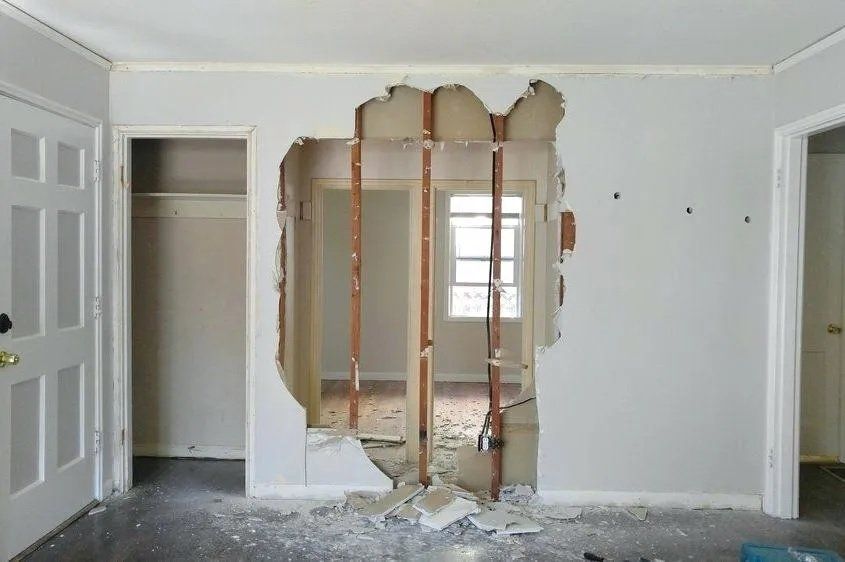Wall Soundproofing: Frequently Asked Questions
The most commonly asked questions when looking to soundproof a wall

With two thirds of Brits being plagued by noisy neighbours, it is no surprise The Soundproofing Store speak to hundreds of customers every week, advising them on the best way to solve their noise issues and supplying them with the correct soundproofing solution for their situation.
According to ASB Help (a registered charity in England and Wales helping to provide advice and support to those people who are the victims of anti-social behaviour). "Noise disturbance is by far the most common ant-social behaviour reported to the police, local authorities and housing associations. This includes loud music, DIY and anything you consider unreasonable and affecting your life."
This article focuses on the most common type of soundproofing we are contacted about - that of soundproofing a party wall to help with the unwanted noise from noisy neighbours. You may need to soundproof your wall for a number of reasons. It could be that you are a musician and you don't want to disturb your neighbours (what a thoughtful neighbour you are!). It might be you need to soundproof the internal walls within your house to create a home office and somewhere you can work without being disturbed by your own family. However, it is probably of little surprise to know that the majority of customers we help are those looking to soundproof their party walls against their noisy neighbours.
Here we take a look at some common questions people often want the answers to when looking to soundproofing their walls.
Wall Soundproofing Frequently asked Questions
List of Services
-
Does Soundproofing Work?List Item 1
Absolutely. Yes, effective soundproofing works by:
- Adding mass to the walls
- Making sure the mass being added is a combination of different high mass/density products
- Improving the walls ability to absorb sound energy and vibrations
- Decoupling the wall from the existing wall to soundproof against loud and excessive noise
-
What types of noise are there?List Item 2
There are two main types of noise:
- Airborne Noise - shouting, talking
- Impact noise - footsteps, doors banging
Depending on the level and type of noise will determine the most effective soundproofing solution
-
What is flanking noise?List Item 3
Flanking noise is where the sound energy travels through the structure into other parts of the house. e.g. the noise from your neighbours footsteps above, might be travelling directly through the ceiling above, but also indirectly and travelling down the walls into the room below.
-
What's the difference between soundproofing and sound absorption?List Item 4
- Sound absorption is designed to reduce the echo and noise reverberation of a room, making it easier to hear. Sound absorption panels and baffles can often be seen on the ceilings and walls of sports halls, resturants and offices.
- Soundproofing stops sound energy transferring from one room into another room. Soundproofing can block noise from entering a room and block it from leaving a room.
-
How much of my wall will need soundproofing?
Soundproofing is similar to waterproofing. Any gaps and the sound will find a way to still travel. The whole wall needs to be soundproofed without any gaps.
-
Can I install soundproofing myself?
The wall soundproofing solutions at The Soundproofing Store can all be fitted by a competent DIYer. However, if you don't feel confident doing it yourself, then no problem - simply ask a local tradesperson.
-
Do I need to soundproof my chimney?
In most cases you shouldn't need to soundproof your chimney. This is because chimney breasts are usually made from a double layer of very dense fire bricks. Making the area naturally very high in mass and better able to block sound than that of the alcoves.
- Top tip - if you are unsure if the chimney breast needs soundproofing, put your ear up against the alcove and do a simple ear test (when you can her noise from next door). Do the same against the chimney breast and compare.
-
How do you soundproof a plug socket?
The preferred option is to move the sockets to another wall.
- However, if you can't do this, fit the soundproofing across the whole wall and make a small hole, pull the cable for the socket through and then fill with acoustic sealant. Refitting the socket as a surface mounted socket.
- Another option is to fit the soundproofing around the socket and fit a socket putty pad in the back box of the socket.
-
Does dot and dab need removing before soundproofing a wall?
You should always remove dot and dab before installation, as in some cases it can affect the performance of the soundproofing.
-
Do wall coverings need removing prior to soundproofing a wall?
You can leave wallpaper on, there is no need to remove it and also no need to remove the plaster.
-
Do covings and skirtings need removing when soundproofing a wall?
Covings and skirtings need removing before installing The Soundproofing Store's wall systems. These can then be reinstated once the soundproofing has been completed.
-
What about radiators on a soundproofed wall?
With SoundBoard 4, radiators can be hung on the wall if screws are long enough to go into the existing wall to take the weight.
With the ReductoClip systems the best advice would be to relocate radiators, with the help of a plumber if necessary (unless they are a free standing type radiator). Otherwise, there is an option to do so by using extra clips and furring bars.
-
Can I decorate directly on top of the soundproofing?
Yes. We would recommend a skim plaster on top of the plasterboard finish which allows you to paint directly on top of. Alternatively, place dry lining wall paper directly onto the final layer for a wallpaper finish.
-
Can I hang pictures on a soundproofed wall?
Hanging lightweight pictures on a small nail will not be a problem. Anything larger involving drilling large holes will weaken the system and therefore is not recommended.
-
Can TV's be hung on a soundproofed wall?
When hanging a TV on either the ReductoClip™ direct to wall, or ReductoClip™ Independent System, there is a simple solution which utilises extra clips and furring channels.
It is not advisable to screw into the SoundBoard4, as it will potentially weaken the system. If you do need to, then make sure to screw through the SoundBoard4 into the wall behind, rather than hanging any heavy items from the soundboards themselves.
-
How much space does soundproofing take up?
This is dependent on the soundproofing solution needed for the level of noise you are trying to soundproof against. The Soundproofing Store offers the slimmest independent clip system on the market for excessive noise at 120mm. A direct to wall clip option at 60mm and direct to wall soundproofing boards at 30mm or 27mm.
-
How much does soundproofing cost?
This depends on the size of your walls and the type of soundproofing solution needed. (Based on the type and level of noise you are trying to block). The cost to soundproof an average wall size of 4m x 2.3m can range from £600 - £900 (inc VAT)
Top 3 Wall Soundproofing Solutions
The three most common and effective wall soundproofing solutions are:
- ReductoClip™ Independent Wall Solution
- ReductoClip™ Direct to Wall Solution
- SoundBoard4™ Direct to wall soundboard
The right wall soundproofing system depends on the level and type of noise you are trying to block. It also depends on the amount of space you can lose. The ReductoClip™ systems provide the thinnest clip system on the market. With exceptional performance at only a thickness of 120mm and 60mm. However, even this can sometimes be too much when space is of an absolute premium. The space saving choice for blocking medium levels of airborne noise in this instance would be the SoundBoard4™ (voted Best UK Wall Soundproofing Product of the Year 2020) at only 30mm thick.
The Top 3 Soundproofing Solutions for Walls
Share
"We don’t expect you to become an overnight expert in soundproofing, that’s what we’re here for."



